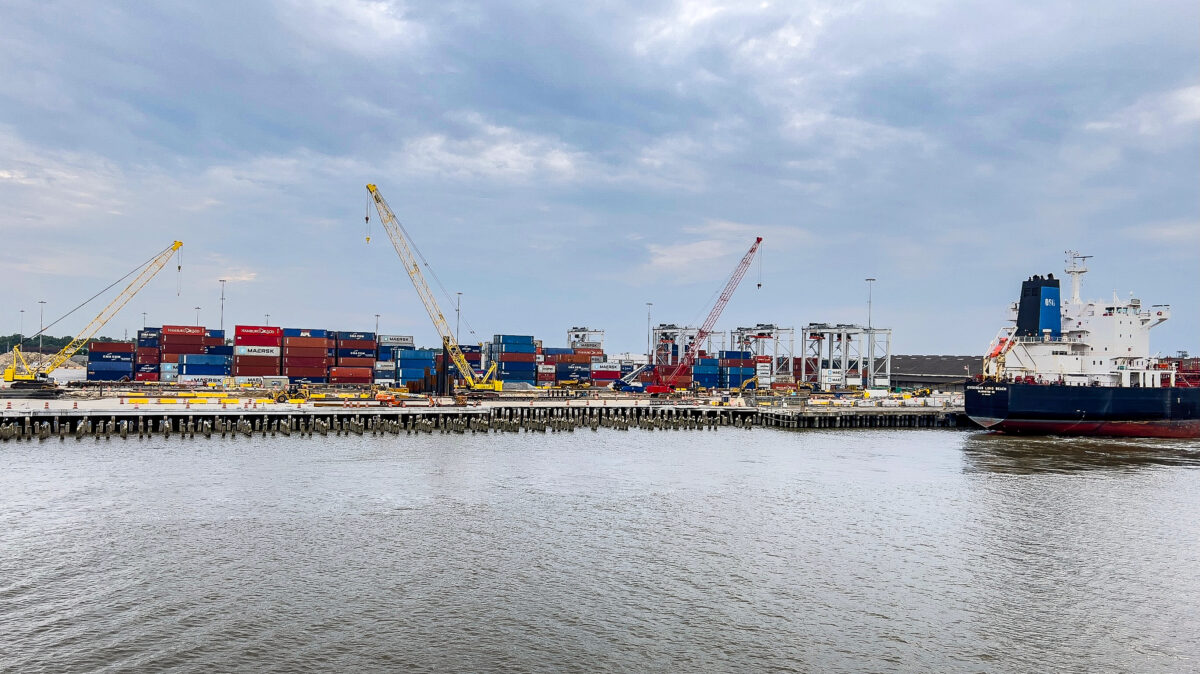KORUS Redux?

photo credit: AFBF Photo, Mike Tomko
Veronica Nigh
Senior Economist
This may seem like something you’ve heard before, but the administration is seeking to modernize an existing U.S. free trade agreement. This time, it’s the United States-Korea Free Trade Agreement, better known as KORUS. The KORUS agreement was signed on June 30, 2007, and finally went into effect on March 15, 2012. South Korea has been an important market for U.S. agricultural exports since and was the United States’ fifth largest ag export market and the seventh largest overall goods export market in 2016.
When KORUS came into effect in 2012, it was ushered in with high expectations. The U.S. was beginning to come out of an economic slump that had begun in September 2008 and was ready to grow an already significant market. Growth estimates were high and spirits were up. But, as sometimes happens, things didn’t go as planned. South Korea’s imports of all goods from the United States have actually fallen since 2011, the year before implementation went into effect. The same is true for U.S. ag exports, which fell from a record high of $6.9 billion in 2011 to about $6.2 billion in 2016. Though it is difficult to measure all products in metric tons, for those items that can be measured by this unit of measure, a similar story is presented on the volume side. Total ag exports were 10.8 million in 2011, and 10.1 million in 2016. This has led some observers to wonder about the quality of the deal and question aloud where all the projected growth went.
One answer, and the one we will focus on here, is that the financial crisis that began in the U.S. spread around the world, compounding the impact. When consumers in the world’s largest consumer economy face a setback they buy less stuff, both domestically and foreign-produced goods. Facing declining sales in a major market, exporting companies in other countries cut back on production and labor. How significant this impact is on the overall economy is influenced by the economy’s dependence on exports. South Korea is heavily dependent on exports, which comprise about half of GDP. By comparison, exports only account for 12.6 percent of U.S. GDP. So, when South Korea’s exports stagnated and fell, their consumers’ ability to buy imports also fell and thus took previous U.S. expectations of significant growth with it.
Despite lackluster ag export growth, KORUS has helped the U.S. in other significant ways. Chief among the benefits is that the U.S. has managed to maintain our sizeable market share. Since 2011, U.S. market share of South Korea’s ag imports has averaged 27 percent and ranged from 23 to 30 percent. The second largest supplier, China, and third largest supplier, Australia, have averaged market shares of 11 percent and 10 percent, respectively. Maintaining market share is important. When the dark clouds pass, you are in the best position possible to capture the pent-up demand that will inevitably break loose.
South Korea is still struggling to find its economic stride again. While GDP growth is hovering around 3 percent, this is significantly lower than pre-recession rates, which were regularly between 6 and 8 percent. However, 3 percent is still significant when we consider that South Korea is the 11th largest economy in the world.
As with many trading partners, the news is better for U.S. ag exports. The U.S. is on pace to reach an all-time record in 2017 if ag trade with South Korea keeps up the pace set in the first six months of the year. U.S. ag exports were 36 percent higher in January-June 2017, as compared to the same period in 2016. We could potentially be looking at our first $7 billion export year to South Korea. Imports from South Korea remain fairly small and are likely to come in around $500 million. This would all net out for a positive ag trade balance in excess of $6.5 billion.
But the positive trade balance in agriculture goods is not the only thing USTR has to consider. After all, agriculture accounted for only 15 percent of total U.S. exports to South Korea last year. Overall, the U.S. trade deficit (goods only) with South Korea was $27.7 billion in 2016. It is this number that is driving the administration’s desire to closely review the agreement. On July 12, USTR Robert Lighthizer officially requested a special session of the KORUS joint committee under the deal’s Article 22.2.4.
Article 22.2.4 states that the joint committee shall “seek to resolve disputes that may arise regarding the interpretation or application” of the agreement. The U.S. government is seeking to “modernize” the deal, with a special focus on the bilateral trade deficit with South Korea. Meanwhile, South Korea has indicated that they are not interested in making changes to the text of the agreement and instead want to focus on addressing outstanding implementation issues. Article 22.2.4 details that the meeting should convene within 30 days of the request, which would be this Friday, August 11. However, flexibility in that timeline is provided, which could be why the U.S. and South Korea have not yet set a date for said special session.
The date and scope of any KORUS modernization remain unknown to us at this time. What we do know is that South Korea is a critically important market for U.S. agriculture, and as a result, we’ll be watching the progress of any review carefully. After all, we know that our ag export competitors, Australia, Canada and the EU, who already have FTAs with South Korea certainly will be.